The word microplastics is one of the most frequently used terms in recent times, but what are microplastics? Where are they found? What new technologies can eradicate their toxicity and what techniques can be used at home?
Ranging from the simple grandmother’s tips to more elaborate and scientific methods, it is possible to get rid of microplastics on your own and at home, if only partially. In this article we are going to show you how. The aim? First of all, to summarise the methods, and then to use the way to give a clear, technological and innovative view of the issue. Are you ready? Let’s start!
What are microplastics?
These microplastics are small but thuggish. Solid and insoluble and less than 5 millimetres in size, they are just another face of the pollution which already affects humankind. It is estimated that around 11 million tonnes of plastic waste end up in the sea every year.
This range of pollutants includes used microplastics, which are classified as ‘primary materials’. This comprises paint and rust removers, and even exfoliants, which are typical of cosmetics and other beauty products.
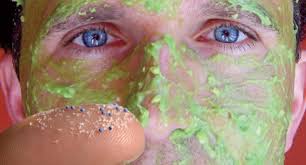
There are also microplastics called ‘secondary materials’, which are small fragments that have separated from larger pieces of plastic during the disintegration process. This list includes packaging, tyres and even fibres from textile products.
In order to understand the gravity of this problem, it should be remembered that it takes decades and centuries for plastic to degrade completely. During this time it is reluctant to disappear. During this time, the fragments into which this material is reduced for disposal cause damage and havoc. It is fair to point out that its tiny residues attack a wide variety of organisms, including animals and marine life.
Why are microplastics considered to be a dangerous health hazard?
Even today, science is still lacking in tests to evaluate the impact of microplastics on people’s health, as a matter of fact. It is a lack of research that the WHO, or World Health Organisation, has not hesitated to echo, protest and deplore, by the way. Nevertheless, the issue raises concerns. This is because the general consensus of existing tests is that neither ingesting nor inhaling nanoplastics or microplastics is something that leaves the human organism unscathed, just as it does for animals, the ocean and its marine fauna.
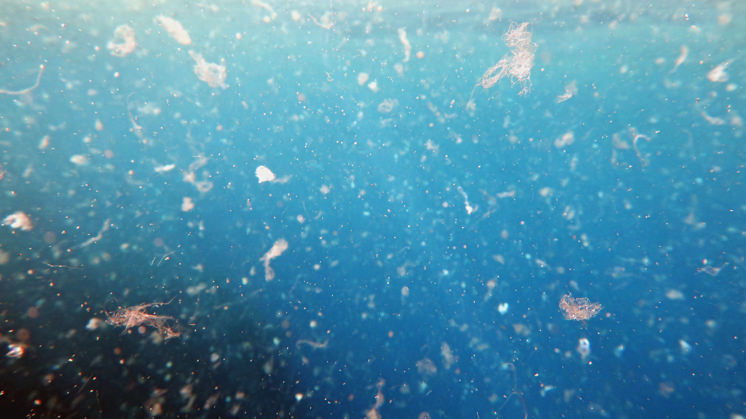
Claudia Sick, a biologist and project manager at the Danish NGO Plastic Change, explains it in very simple terms. ‘These small particles physically block or reduce the functionality of vital organs. She cites the case of mussels as an example. ‘Microplastic particles can attach themselves to their food filtering organs, and in fish, to their gills or the interior of their digestive systems’.
Meaning? Speaking of microplastics is to allude to a destructive impact on marine wildlife. In fact, there could be as many as 50 trillion of these particles in the world’s oceans today, according to speculation.
According to the experts
Experts in the field believe that microplastics are dispersed everywhere, making these particles a threat to health. It is an increasing danger of ingestion that, in the case of people, begins with something as simple as drinking water, however potable it may be. And which leads to inflammation at best, as well as oxidative stress in the gastrointestinal and respiratory system.
In fact, microplastics are so omnipresent that they can be found in bottled and tap water as well as in the guts of fish and seabirds. They are found in the icy waters of Antarctica, in clouds, and in the depths and surfaces of the oceans. What’s more, even in human milk, placenta, lungs and bloodstream, they are not spared from being counted.
Now that the basic concept of what microplastics are and why they are such a great problem to deal with has been clarified, it is time to answer the million-dollar question. Can we avoid the consumption of these particles? The answer is yes, although the alternatives are still growing and expanding. Nevertheless, a few interesting and fresh ideas can be found and put into practice even at home.
Boil and filter water, the grandma’s method that has turned out to be a scientific truth
Do you know that this tactic is reliably a good and effective tool to limit the intake of microplastics in drinking water? This is the conclusion made by scientists from the Guangzhou Medical University in China. In collaboration with Jinan University, also located in the Asian giant, they suggested in their study that boiling and filtering water could, in fact, help to reduce the amount of microplastics and even nanoplastics in household water.
This is a 90% reduction, according to the claims of the above mentioned study, which was published a few months ago in the scientific journal ‘Environmental Science & Technology Letters’. That is quite a lot to say, by the way, considering that these tiny plastic particles tend to end up in our glasses or pots or plates when we turn on the tap at home and, from there, pass into the digestive system, eventually settling in the whole organism.
However, how can this strategy to reduce microplastics be implemented in practice? First, by boiling the water, but only if it is then filtered through a fine-mesh strainer, of course.
The method is as common and traditional in some regions of Asia as it is simple, cheap and decontaminating for everyone. It is even harmless, as the Chinese experts point out in their research. The work, in sum, focuses on finding homemade ways to remove impurities from water, fighting to reduce global exposure to microplastics and nanoplastics. A long-term, viable strategy is the crowning glory of the project.
The importance of filtering water at home
It is clear that microplastics in drinking water, whether tap water or bottled water, are a matter of urgency and concern. This is both at the environmental and health level. And that is where a measure comes into play which, strangely enough, has proved to be very effective: filters.
For example, the use of reusable glass or stainless steel bottles has proven to be a good way to limit exposure to microplastics, but installing water filters at home, subjecting them to osmosis and filtration treatments, has yielded even better results.
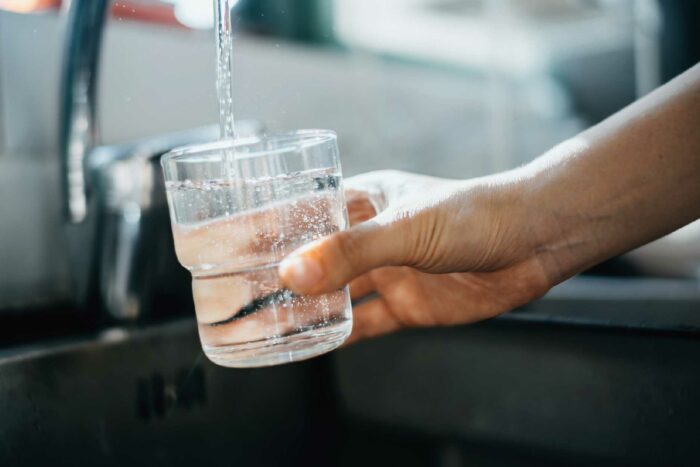
We are talking about household filters whose porosity should be small, one micrometre or even less. They are placed directly at the drain, attached to the tap. Alternatively, they can be placed under the sink, specifically between the water inlet and the tap itself.
Certainly, just filtering the water in your home does not take the other sources of microplastics (starting with food and continuing with the air you breathe) out of the equation. However, it is still a fairly effective way of limiting exposure.
Filter types
Fortunately, there are now different water filtration technologies on the market in the domestic version, to make water more drinkable and even healthier. Starting with mechanical filtration, for example, which tends to use fibres or ceramic or sand to trap particles. Moving on to reverse osmosis filtration, recognisable, according to experts in the field, because it uses a semi-permeable membrane to filter out a wide range of pollutants. These contaminants include, of course, microplastics.
Another interesting response to plastic waste is the use of activated carbon filters. Their efficiency and degree of water filtration depend on the granularity and design of the filter. This is why it is used to improve the taste and odour of water, remove organic compounds, retaining in the process some particles of microplastics.
Lastly, there are hollow fibre or ultrafiltration filters, with very small pores, which, however, concentrate a hundredfold or more times more anti-plastic efficiency. These are devices with filtration stages, which remove impurities from the water by mechanical filtering methods. Then, in another stage, they pass through carbon or ion exchange resin cartridges, which allow them to trap heavy metals as well as chemical impurities and bacteria.
From traditional remedies to techno-scientific advice
There is no doubt that technology, with its indomitable spirit of innovation, provides a shield to be used in the fight against pollution from plastics and their nano- and micro-fragments. Not surprisingly, the ominous shadow of microplastics is an increasingly present reality in the collective consciousness, thankfully.
An example of a pioneering initiative against microplastics is the United Nations Environment Programme, to name a few. In 2023, the organisation launched its ‘Clean Seas’ campaign, encouraging countries to take effective action. In this sustainability plan, nations are urged to ban the use of microplastics in cosmetics, among many other measures. It is a clear message that the European Commission has not hesitated to take up, adding further guidelines in its own regulation.
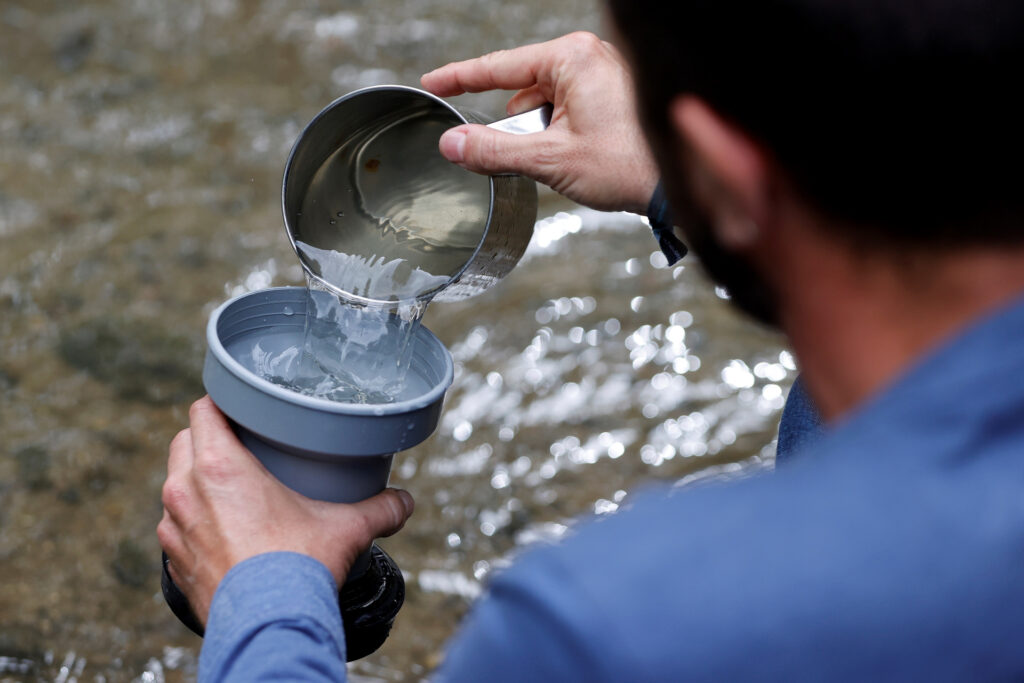
However, the ideas to stop the toxic and polluting power of plastic and its tiny residues do not end at this point, and far from it. An equally eco-friendly, but much more technological, project is the work of Irishman Fionn Ferreira.
The approach proposed by this young engineer, based on magnets and a magnetic liquid, promises the end of microplastics flooding the oceans. How does it work? Not only safely and effectively, but also quickly and sustainably. Another noteworthy development is Clearbot, the autonomous robot with the essence of artificial intelligence, which removes plastic from the ocean by identifying the rubbish.
Technology, a resourceful voice against water pollution
Equally striking are the anti-microplastic loudspeakers devised by engineers at the Sepuluh Nopember Institute of Technology in Surabaya, Indonesia. A prototype filtration system that uses acoustic waves to clean seawater.
Alternatively, the innovative Sawyer Micro Squeeze water filter, recognisable by its ultra-lightweight design and almost imperceptible weight. Cost-effective and affordable through many online shops, it can filter up to 360,000 litres of water. It is also easy to store, as it fits in one hand. Simple and reusable, it makes it a real possibility to enjoy drinking water wherever you are, providing a lifeline for hikers, campers and even the emergency services themselves.
On the other hand, this interesting purifier shows no lack of curiosity and originality, especially when it comes to the technological fight against microplastics. We are talking about an invention designed by researchers at the Daegu Gyeongbuk Institute of Science and Technology (DGIST) in South Korea. What is so special about it? The ability to erase all pollutants from the water by increasing the absorption time. After all, ‘speed’ is the motto of this product, as it delivers results at a rate never seen before, just 10 seconds, sweeping away microplastics and volatile organic compounds.
After all, water is health
That saying is as old as it is wise and true. Water is health, and the fact that microplastics pervade and corrupt its moisture represents a great danger to both the environment and aquatic life.
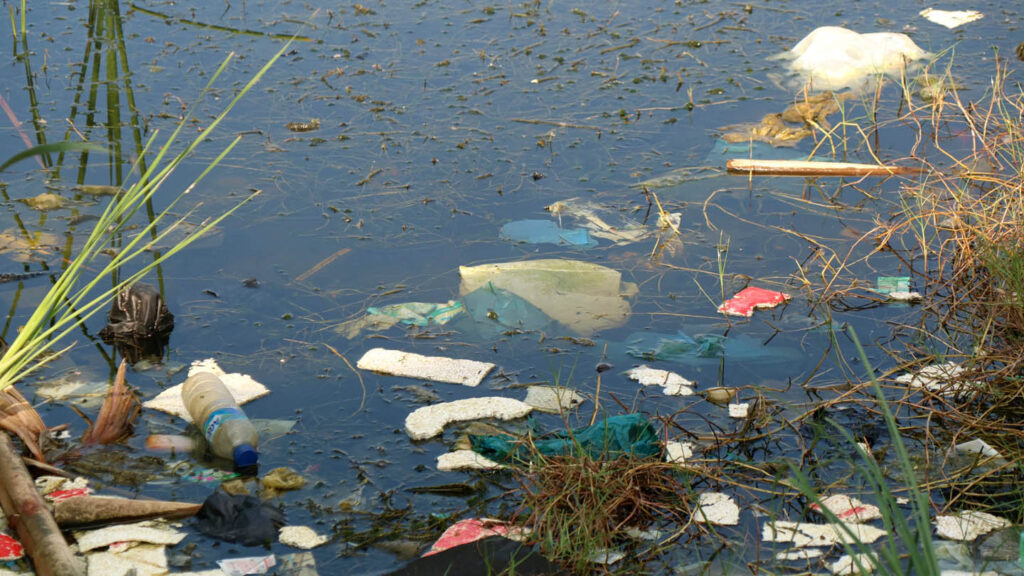
Therefore, protecting the oceans, rivers and other sources of fresh water is undoubtedly one of the most important tasks in which human beings must be involved. Their water currents conceal life for a reason, they mean life; it is enough to consider that they are the Earth’s life support, and why? Because they harbour life and produce oxygen, not to mention that they help to regulate the climate.
Therefore, although scientists are still working on determining the (health) consequences of prolonged exposure to microplastics, more than a few studies have risen to warn and acknowledge that ingesting microplastics causes a disturbance in the balance of micro-organisms, reduces the bacterial diversity of the microbiota in the colon, causes damage to human cells, provokes allergic reactions and leads to cell death.
However, using one or more of the above tactics can make all the difference. These simple steps have a major impact on health. Simply following these tips can help build a better path to healthier, more conscious hydration.





